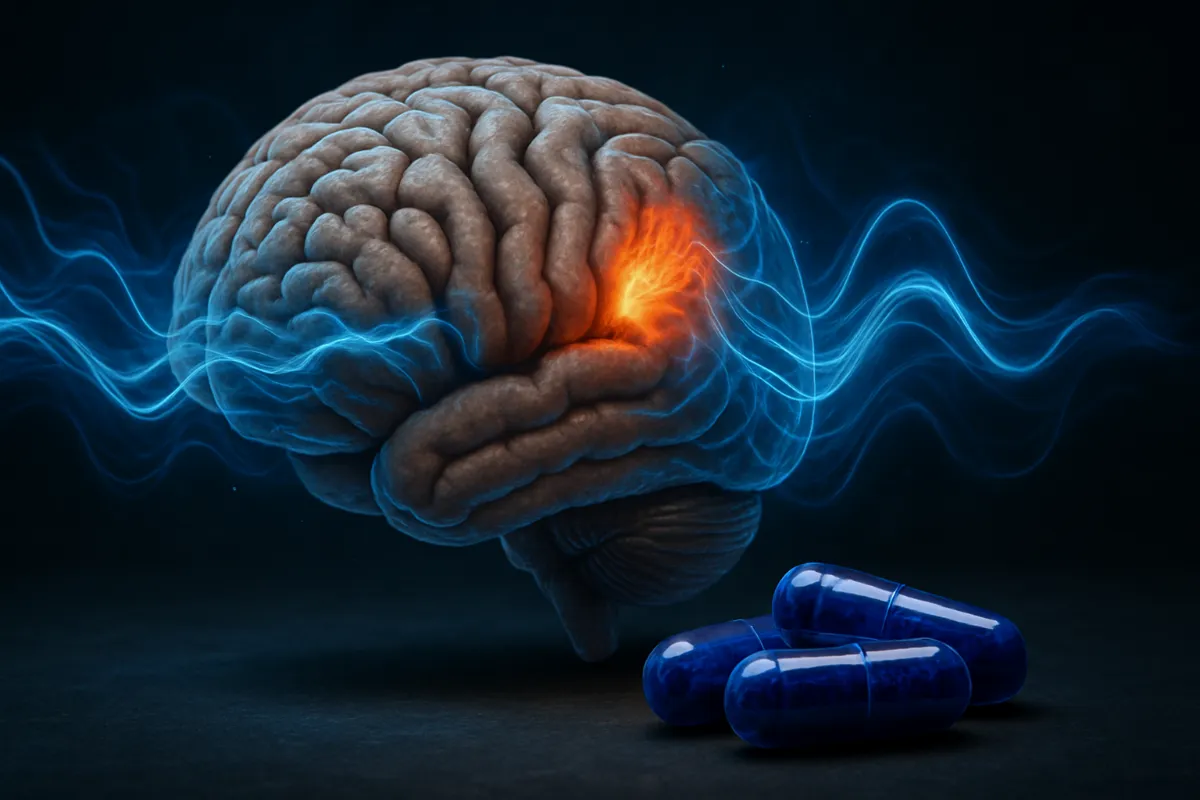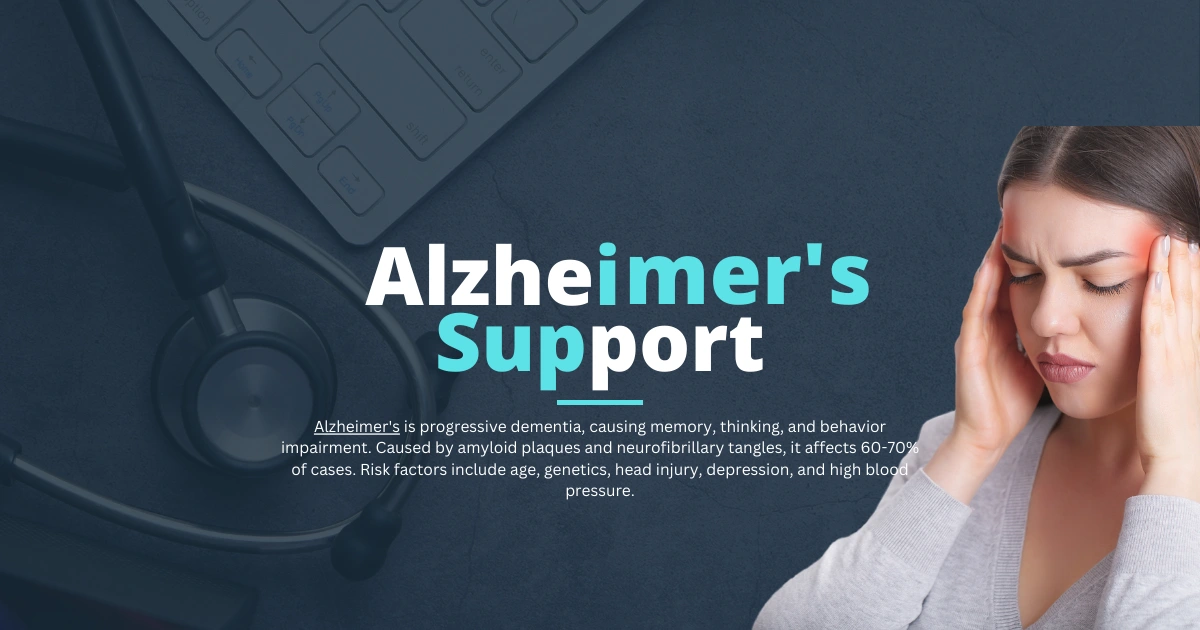In recent years, the phrase methylene blue tinnitus has begun appearing more frequently in scientific discussions, patient forums, and integrative medicine circles. Originally used as a dye and a treatment for methemoglobinemia, methylene blue (MB) has emerged as a promising agent in neurological health, with researchers and clinicians exploring its potential in supporting cognitive function, protecting brain cells, and possibly alleviating conditions like tinnitus, Alzheimer’s disease, Parkinson’s disease, and traumatic brain injuries. However, due to its specialized use and required precision, methylene blue must often be compounded to meet the exact needs of individual patients—a task best handled by experienced compounding pharmacies.
Contents
What Is Methylene Blue?
Methylene blue is a synthetic compound first synthesized in the late 19th century. Initially used as a dye, it quickly gained attention for its medical applications, especially in treating malaria, carbon monoxide poisoning, and certain blood disorders. However, in the past two decades, its potential neuroprotective and mitochondrial-enhancing properties have made it a subject of intense research within neurology and biohacking communities.
Methylene blue acts as a redox agent, meaning it can donate and accept electrons—making it exceptionally effective at improving mitochondrial respiration. Since the brain is one of the most energy-demanding organs in the body, this ability makes methylene blue a valuable tool for improving neurological health.
Why Compounding Matters

While methylene blue is gaining attention, not all formulations are safe for neurological use. Over-the-counter or industrial-grade methylene blue can contain heavy metals or toxic additives that may be harmful, especially when used regularly. That’s where compounding pharmacies play a critical role. A compounding pharmacy can create pharmaceutical-grade methylene blue, free from harmful contaminants and tailored in the precise concentration and delivery method (oral capsules, solutions, troches, etc.) that a patient requires.
Compounding methylene blue ensures:
- Purity and Safety: Only pharmaceutical-grade ingredients are used.
- Customized Dosing: Based on body weight, age, medical condition, and therapeutic goals.
- Flexible Formulations: Including dye-free, gluten-free, lactose-free, and preservative-free versions for sensitive patients.
Neurological Benefits of Methylene Blue
- Mitochondrial Support
Mitochondrial dysfunction is a core feature of many neurodegenerative diseases. Methylene blue has been shown to enhance electron transport in mitochondria, improving energy production and reducing oxidative stress—a major contributor to neuronal damage. - Cognitive Enhancement
Preliminary studies indicate that low-dose methylene blue may enhance memory, attention, and mental clarity. By improving cerebral blood flow and mitochondrial function, MB may serve as a nootropic, especially useful in age-related cognitive decline. - Neuroprotection
In models of Alzheimer’s and Parkinson’s diseases, methylene blue appears to reduce the accumulation of neurotoxic proteins like tau and amyloid beta. It also inhibits monoamine oxidase (MAO), which can positively affect mood and slow neurodegeneration. - Tinnitus Relief
This is where methylene blue tinnitus comes into the spotlight. While clinical data is limited, anecdotal reports and early-stage research suggest MB’s neurological effects may alleviate the symptoms of tinnitus by improving neural communication and reducing inflammation in the auditory pathways. - Post-Concussion and Brain Injury Recovery
There is growing interest in methylene blue as a therapy for patients recovering from concussions or traumatic brain injuries (TBIs). By restoring mitochondrial function and reducing inflammation, MB may help support cognitive recovery.
Safety and Dosing Considerations
Although methylene blue has shown a favorable safety profile at low doses, incorrect usage can lead to side effects such as serotonin syndrome (especially when combined with SSRIs), urinary discoloration, or gastrointestinal discomfort. This makes working with a knowledgeable physician and a trusted compounding pharmacy absolutely essential.
Standard neurological doses range from 0.5 to 4 mg/kg/day, but optimal dosing must be determined individually. A compounded formula allows for microdosing strategies that align with the latest research and minimize risk.
How to Access Compounded Methylene Blue
Not all pharmacies are equipped to handle methylene blue safely or effectively. Patients and practitioners should seek out certified compounding pharmacies with experience in neurological applications of MB. These pharmacies can consult directly with healthcare providers to deliver high-quality, personalized medications that comply with state and federal regulations.
When looking for a provider, ensure they:
- Use USP-compliant raw ingredients.
- Offer certificates of analysis (COAs).
- Provide guidance on proper storage and administration.
- Understand drug interactions and contraindications.
Final Thoughts
Methylene blue is not a miracle drug—but its multifaceted action on mitochondria, oxidative stress, and neuronal function gives it a unique position in modern neurotherapeutics. From addressing age-related memory loss to emerging treatments for tinnitus and brain injuries, methylene blue compounded for individual needs is redefining how we approach neurological health.
Read to know about 12 Must-Know Habits to Keep Your Brain Young.
Patients struggling with stubborn conditions or seeking more personalized, integrative care may find that methylene blue—when professionally compounded and medically supervised—offers a novel path forward.
If you’re considering this therapy, always consult with a healthcare provider familiar with methylene blue and partner with a qualified compounding pharmacy to ensure safety and efficacy.




![[Quiz] 10 Questions to Differ Dementia From Age Related Memory Loss? Dementia](https://www.shoutmecrunch.com/wp-content/uploads/2018/09/Dementia.jpg)



